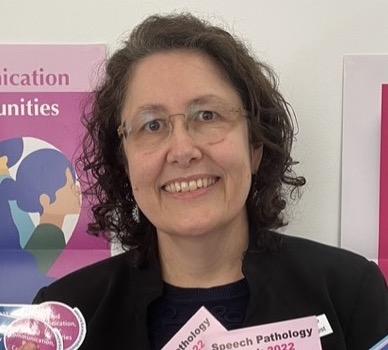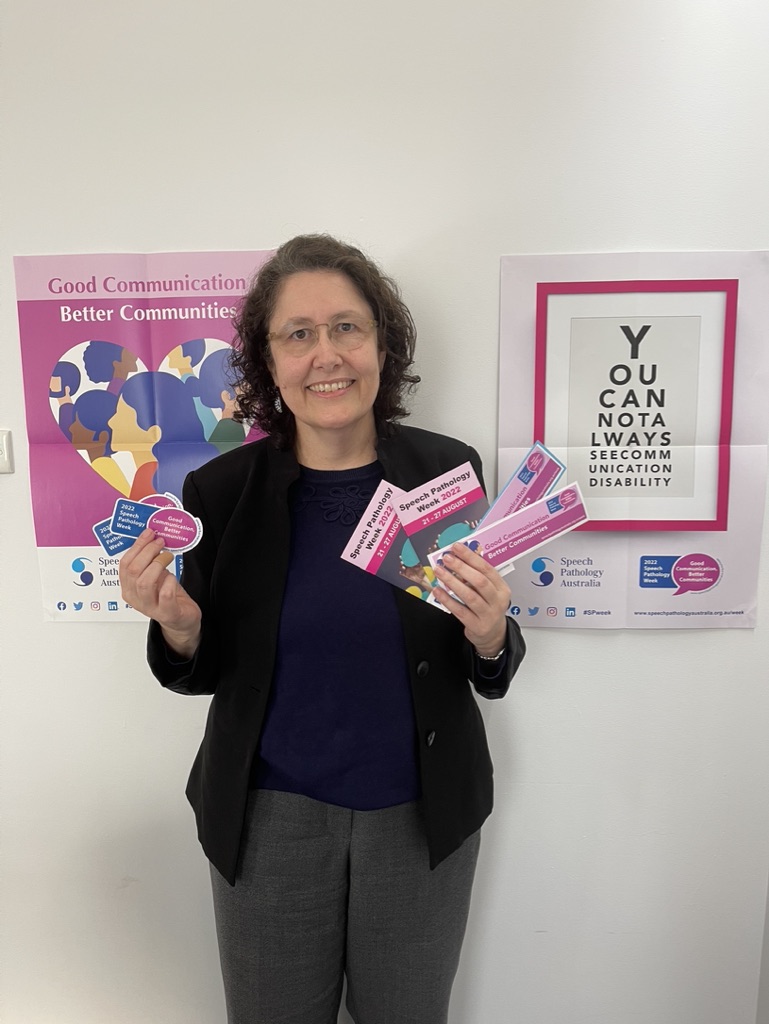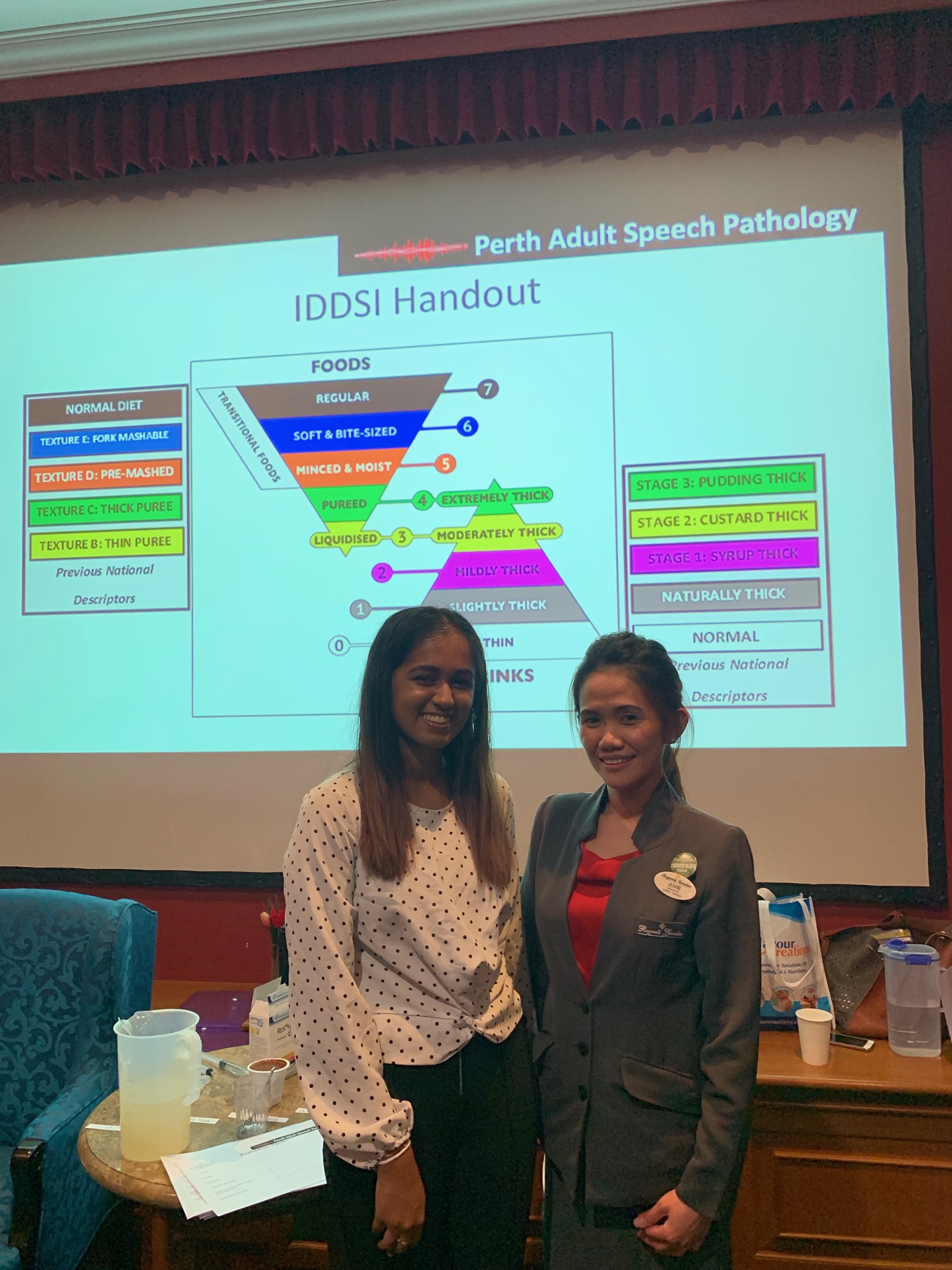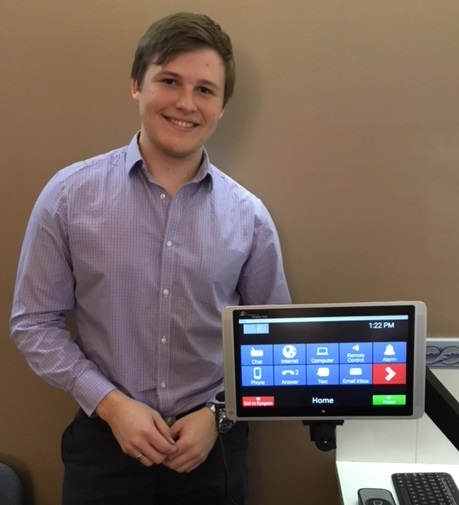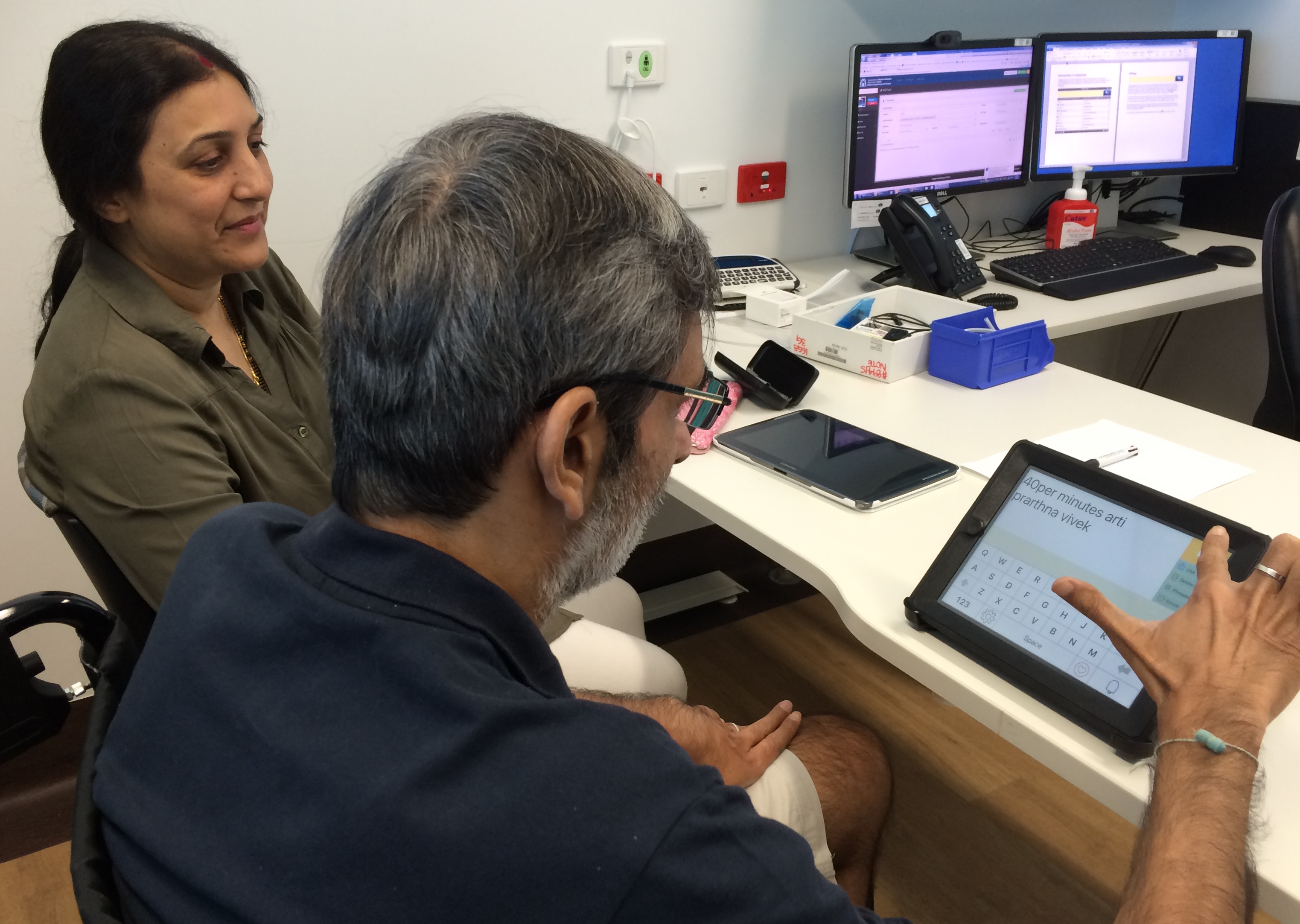The future of AI – Will it replace Speech Pathologists?
Introduction
The ever-expanding realm of technology raises pertinent questions about the potential of artificial intelligence (AI) to reshape traditional roles, including that of speech pathologists. While AI displays impressive capabilities in analyzing speech patterns, aiding diagnoses, and prescribing exercises, it’s essential to recognize that the essence of speech pathology rests in the realm of human connection and understanding.
AI’s Contributions and Limitations
AI undoubtedly offers valuable contributions, automating routine tasks, and providing data-driven insights. Yet, it’s vital to acknowledge the distinctive qualities that define speech pathologists—empathy, adaptability, and tailored care—cornerstones of effective therapy. Individuals grappling with neurological conditions, stuttering, or swallowing issues require not only a technical diagnosis but also emotional support and personalized guidance.
The Human Element in Speech Pathology
Speech pathologists excel in deciphering non-verbal cues, adapting strategies in real-time, and considering the holistic context of a client’s life. These facets, pivotal in fostering progress, pose challenges that AI is still evolving to address comprehensively.
AI and Speech Pathologists: A Symbiotic Future
Rather than foreseeing AI as a potential rival, envision a future of collaboration where AI empowers speech pathologists. By streamlining administrative tasks and offering supplementary exercises, AI grants therapists more time to focus on their strengths—building deep connections, tailoring therapy, and celebrating milestones.
Imagine a session where AI aids in data analysis, offering insights that inform treatment decisions, while the speech pathologist channels their energy into cultivating relationships, offering emotional solace, and guiding clients through the often arduous journey of regaining communication and swallowing abilities.
Conclusion
The dynamic between AI and speech pathologists need not be one of displacement but of synergy. AI’s integration into the modern healthcare landscape presents exciting prospects. However, the intrinsic value of speech pathologists lies in their ability to forge genuine connections. As the future unfolds, these professionals are poised to leverage AI as an enhancing tool, ultimately elevating the caliber of care for individuals confronting communication and swallowing challenges. In this evolving landscape, a harmonious blend of AI’s prowess and the unwavering human touch ensures the holistic well-being of those they serve.
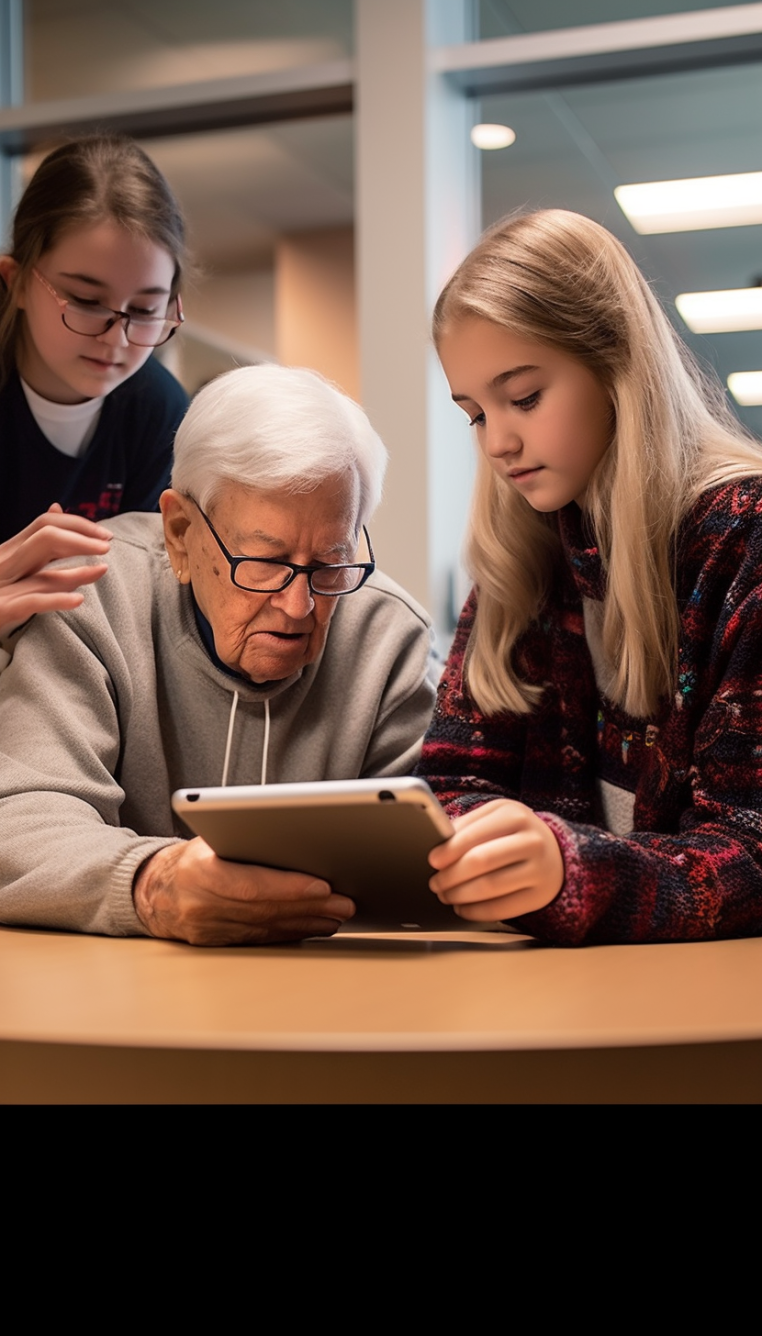
Apple has announced exciting new software features aimed at enhancing accessibility for individuals with cognitive, speech, and vision disabilities. These updates reflect Apple’s commitment to inclusivity and leverage advancements in hardware and software technologies. The features include Assistive Access, which simplifies app interfaces and activities on iPhone and iPad to reduce cognitive load for users with cognitive disabilities. This enables them to engage more easily and independently with tasks like communication, photo capturing, and music enjoyment.
Live Speech is another significant feature that empowers nonspeaking individuals. It allows users to type their messages, which are then spoken out loud during phone calls and conversations. This feature opens up new avenues for communication and enables individuals who are unable to speak or have lost their speech over time to actively participate in conversations and connect with their loved ones.
For individuals at risk of losing their ability to speak, Apple introduces Personal Voice. This feature enables users to create a synthesized voice that sounds like them. By recording 15 minutes of audio using randomized text prompts, users can preserve their unique voice and use it to communicate with family and friends. With on-device machine learning ensuring privacy and security, Personal Voice integrates seamlessly with Live Speech, offering a comprehensive solution for individuals facing speech challenges.
Overall, these software features introduced by Apple showcase their dedication to making technology accessible to everyone. By leveraging the power of their devices and incorporating user feedback from disability communities, Apple continues to create innovative solutions that have a meaningful impact on the lives of individuals with disabilities.
Dysphagia. A difficult diagnosis to swallow!
Did you know that Speech Pathologists work with thousands of Australians each year who have difficulty swallowing?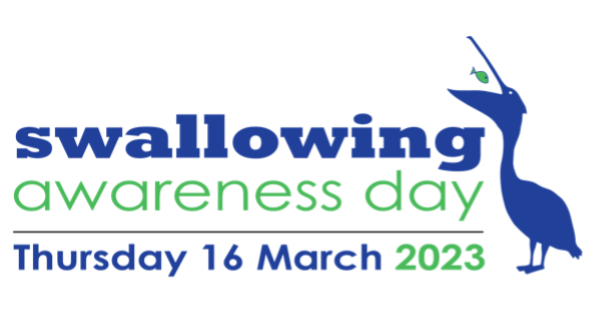
 At Perth Adult Speech Pathology, we are excited to recognise ‘Dysphagia Awareness Day’, which is celebrated every year in March. Dysphagia is a swallowing disorder that can affect individuals of all ages. This week aims to raise awareness about the condition and promote early detection, assessment and effective treatment. Up to around 30 per cent of people aged 65+ living in the community have a swallowing difficulty, with that figure rising to over 50 per cent for older Australians living in a nursing home. After falls, choking is the second largest killer of nursing home residents.
At Perth Adult Speech Pathology, we are excited to recognise ‘Dysphagia Awareness Day’, which is celebrated every year in March. Dysphagia is a swallowing disorder that can affect individuals of all ages. This week aims to raise awareness about the condition and promote early detection, assessment and effective treatment. Up to around 30 per cent of people aged 65+ living in the community have a swallowing difficulty, with that figure rising to over 50 per cent for older Australians living in a nursing home. After falls, choking is the second largest killer of nursing home residents.Swallowing is a complex process that involves the coordinated movement of muscles and nerves in the mouth, throat, and oesophagus. Dysphagia can occur due to a variety of factors, including neurological conditions, head and neck cancer, the aging process and certain medications. Common symptoms of dysphagia include difficulty chewing, choking or coughing during meals on food or drinks, and a feeling of food ‘getting stuck’ in the throat. It is important to seek medical assessment if these symptoms persist to ensure proper diagnosis and treatment. Swallowing problems can mean food, drinks or saliva gets into the lungs (aspiration) and this can cause lung infections (pneumonia). Severe swallowing complications can lead to death, while other swallowing complications can lead to poor nutrition, dehydration, health complications, and social isolation.
As a speech pathologist, our role in treating dysphagia involves evaluating and managing swallowing difficulties. Treatment may include exercises to strengthen swallowing muscles, modifications in diet/ fluids and feeding techniques, and the use of specialised devices. By raising awareness about dysphagia during this week, we can help individuals with this condition to receive the care and support they need to improve their quality of life.
Speech Pathology Week 2022 21 – 27 August
At Perth Adult Speech Pathology we celebrated Speech Pathology Week with the theme ‘Good Communication, Better Communities’.
The theme seeks to raise awareness about diversity of the speech pathology profession, the clients we work with, and the many different types of communication challenges Australians face.
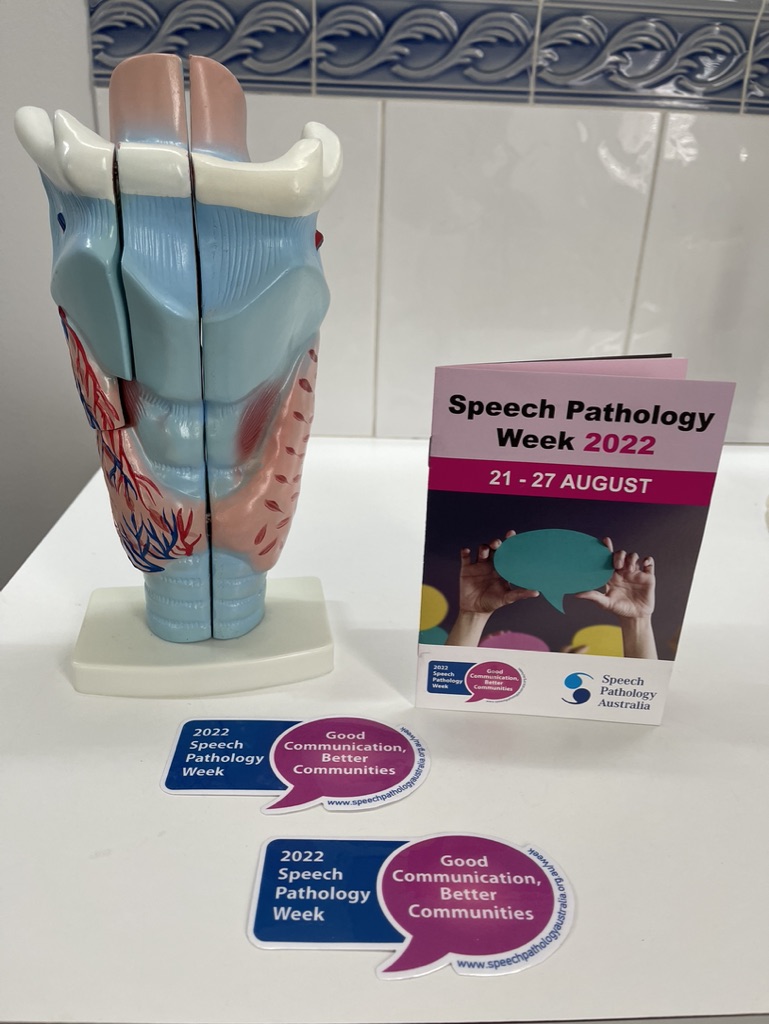
We are now delivering half of all appointments online via telehealth. According to Melissa Lombard, Principal Speech Pathologist, “This marks a great milestone where we are able to service our clients from the comfort and safety of their home. This makes our services far more available to our clients, and particularly those who have disabilities which make travel difficult. It also reduces the cost of therapy as we do not need to travel to see those who would have otherwise required a home visit”.
In fact, we now have one of our therapists exclusively working telehealth!
Great news! The Medical Benefits Scheme / Medicare have now recognised Telehealth as a permanent fixture for those with a Chronic Diseases Management referral. Previously this was available as a special “COVID-19” temporary measure. This recognises the valuable role telehealth plays in the provision of allied health services.
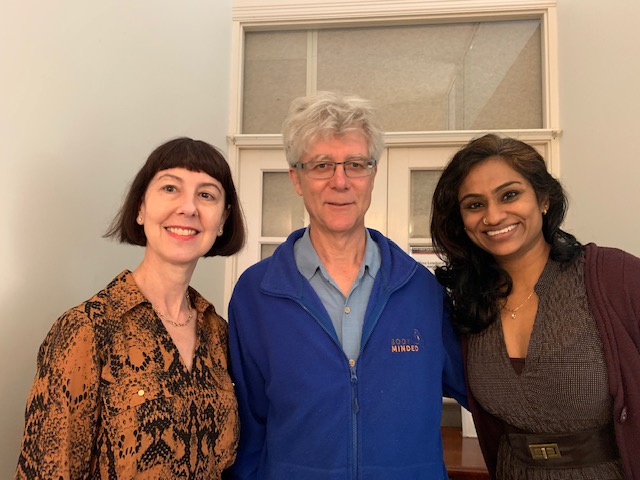 It was interesting meeting with Greg and Kathy Holdaway yesterday (6/10/19) at Perth Adult Speech Pathology for an introduction to the ‘Alexander Technique for Speech Therapists’. They were in WA to present at the Australian Society for Music Education (ASME) XXII National Conference and kindly agreed to work-shop their ideas and engage in some lively discussion with me and a colleague, Thila Raja, particularly around our shared areas of interest of vocal tension disorders.
It was interesting meeting with Greg and Kathy Holdaway yesterday (6/10/19) at Perth Adult Speech Pathology for an introduction to the ‘Alexander Technique for Speech Therapists’. They were in WA to present at the Australian Society for Music Education (ASME) XXII National Conference and kindly agreed to work-shop their ideas and engage in some lively discussion with me and a colleague, Thila Raja, particularly around our shared areas of interest of vocal tension disorders.
Based in NSW, their company, ‘BodyMinded’, promotes ‘overall postural balance and coordination’’ and advocates that whether speaking or singing, using the voice always engages the coordination of the whole person. The phrase: “Always all of you”, was an idea that Greg re-iterated throughout our chat and resonated with me. That is, one’s general postural tone, as well as movements, tensions and stresses which may appear in peripheral parts of the body ‘are part of the larger part of the action’, (i.e. speaking or singing), especially for those with vocal issues.
Please contact us if you have been noticing difficulties with your voice. These ideas, in addition to specific vocal exercises and strategies can be incorporated in a personalised voice therapy programme.
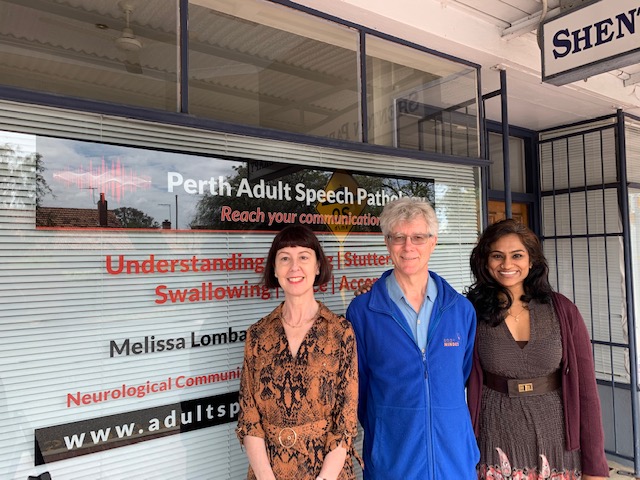
Pictured: Trainer (Isuri) from PASP with Regent Gardens Manager of Clinical Services, Juvie Aranguin.
Congratulations to staff at Regent’s Garden Four Seasons, Booragoon, for being part of our swallowing difficulties training day yesterday! It was wonderful to have such an enthusiastic audience and great to see that the centre is embracing “The International Dysphagia Diet Standard Initiative” (IDDSI), which officially went live on May 1, 2019. On this date, all speech pathologists across the world are adopting the same naming system for modified consistency food and fluids.
It was wonderful to have a mixture of staff attending this session, including management staff, nursing staff, nursing assistants and catering staff. All offered very different ideas and perspectives on how client swallowing safety can impact their daily role.Everyone in attendance passed the new ‘fluid flow test’ with flying colours! This is a simple test which checks that modified fluids used in homes comply with swallow safety standards, reducing the incidence of potential chest infections caused by aspiration pneumonia.Any care facilities interested in staff training to ensure compliance with IDDSI are welcome to contact us via our website at www.adultspeechpathology.com.au
Did you know this was a phrase used in elocution lessons which dates back to at least 1926? It was used to demonstrate rounded vowel sounds. Each “ow” sound in the phrase represents the diphthong /aU/.
Lessons back then tended to be repetitive and focussed on drills to help able-speaking individuals to talk ‘with a plum in their mouth’ (i.e. with a posh accent). Often, these same drills were used for all students and teachers lacked knowledge in the medical causes of speech sound problems.
We’ve just received a new shipment of “The Breather” at Perth Adult Speech Pathology. The respiratory muscle trainer is a device used by speech pathologists worldwide to increase respiratory and laryngeal muscle strength. It can be helpful for people with poor breath support for speech, as well as for clients with swallowing problems when used under the guidance of a Speech Pathologist trained in this area. The original device was launched in 1980 and retired in 2017. The devices available at PASP are the latest model (2018) and are better than the original. These devices are available for our clients to purchase at the time of their appointment on recommendation from our trained Speech Patholgist.
Melissa shows “The Breather” and EMST I’d like to say a big thank you to Zac Wood from ‘The Brainary’ for coming to Perth Adult Speech Pathology on Friday 31 August 2018, to demonstrate the latest addition to eye-gaze technology, the ‘EyegazeEdge’. It was an amazing experience. This system enables clients with limited speech and poor hand control to use their eyes to operate a key board to ‘speak’ or to write.
Nothing is attached to the user’s head or body. A small camera mounted under the Eyegaze screen takes 60 pictures per second of the user’s eye, whilst image processing software analyses those pictures to determine where on the screen (i.e. what letter or picture) the user is looking at. In this way, the user can build up words, phrases and sentences which are spoken out loud using a Bluetooth speaker or written down onto their computer.
The Eyegaze Edge could help people with Motor Neurone Disease (MND), Multiple Sclerosis (MS), brain injury, stroke and many other conditions.
I read a great article written by Libby-Jane Charleston in WA Today (on 28 August 2018) about the role of hypnosis in treating stuttering in children. Whilst it referred to managing childhood stuttering, (which indeed is very different to managing stuttering in adults), I took a great interest in this article. I am a Speech Pathologist who specialises in stuttering management in adults (also known as adult ‘dysfluency’), as well as other speech, language and swallowing difficulties. Dysfluency is an ongoing interest of mine.
Whilst living and working in the UK, I received a grant to specialise in stuttering management from the Royal College of Speech and Language Therapists in London. I first completed post-graduate training in the area of ‘Adults who Stutter’ involving both traditional therapy management as well as incorporating other less traditional therapies, including ‘mindfulness’ and ACT (Acceptance and Commitment Therapy). I then went on to do further studies to explore the role of hypnosis as an adjunct to Speech and Language Therapy, specialising in stress and anxiety management as it pertains to stuttering, swallowing and other communication problems.
Who knows the title track, “Ring, Ring” to Abba’s first album, released in 1973?
“SOOOOOHHHHHH RING! RING! WHY DON”T YOU GIVE ME A CALL?”
The Wind Phone
I saw a story on TV last week about a new installation near the summit of Two Rock in the Dublin Mountains, which really got me thinking about these lyrics. It looks like a traditional telephone box and has been made from salvaged materials. It contains an old telephone. According to a note inside the structure, the ‘Wind Phone’, An Fón Gaoithe, is designed “to be a private space…it is a place where you can speak privately and openly and your words will be carried on the wind to wherever you want them to go”.
This installation, coupled with Abba’s debut song (!) made me reflect on the power of communication using the telephone alone. I considered how fast-paced communication has become, but more pertinent to my work as a speech pathologist, how very difficult communication by phone is for so many of my clients.
Anzac Day Celebrations got me thinking about the bugle. It is one of the simplest brass instruments without any valves or pitch altering devices and yet how moving is “The Last Post”? All of the pitch control is done by the player’s facial muscles and shaping of the lips to the mouthpiece.
It is therefore limited to notes within the harmonic series and all standard bugle calls consist of only five notes. Watch the video to see just how much work a brass player’s lips, tongue, soft palate and facial muscles really do.
How different that instrument is to the piano which has 88 keys (seven octaves plus a minor third). A human’s vocal range (the span from the lowest to the highest note a particular voice can produce) is usually about three octaves, so it is somewhere between the bugle and the piano. The singer from Guns N’ Roses, Axl Rose, has a range of just under six octaves; Mariah Carey’s range is five octaves; Freddy Mercury’s range was just under five octaves. Georgia Brown, (listed in the Guinness Book of Records in 2004) still holds the record for the greatest vocal range. Hers extends to eight octaves! How incredible to think that this human’s voice has more octaves than a piano!
“We Fall to Rise” – an amazing story still in the making.
Arti lives with her husband Vivek in Ahmedabad, India. Their daughter, Prarthna, now attends University in Australia. They recently have been
together in Perth, attending a family wedding here. Whilst on holiday, they made time to continue working on Vivek’s communication and swallowing skills through Perth Adult Speech Pathology. These three individuals comprise one of the most amazing teams I have been involved with.
Vivek is a lawyer and soft skills expert. He has written speeches for Prime Ministers. Arti has a Bachelor of Arts Degree and diplomas in Interior Design and Montessori Education. In August 2011, Vivek suffered hypoxic brain damage following a heart attack, which left him with huge communications issues – and for someone who specialises in communications this must have been incredibly difficult.
Arti and Prarthna have worked relentlessly to assist Viv in his rehabilitation. They have achieved amazing things together. They both started teaching Viv to talk again back in 2011. They taught him how to use the computer and iPad and how to hold the telephone. Prarthna even taught him communication using facial and body language. Until now, Viv had refused to have a Speech Pathologist assisting him. What an honour for Perth Adult Speech Pathology to be part of their outstanding team!
Arti’s book, “We Fall to Rise” describes their journey. She gifted this to me after our first therapy session together. I immediately saw Viv’s huge potential to improve and the family’s individual and collective strength, motivation and positive focus to further develop Viv’s oral language: ‘You never know how strong you are – until being strong is the only choice you have.’ (A quote by Arti, p.67, in her book). On the dust-cover of her book, Arti states that “the book has no end, for we have a long way to go….”
It was a pleasure to have worked briefly with them all, as well as with their extended family and my colleague, Jeremy Morgan, Senior Speech Pathologist at the Communication & Assistive Technology Service at Fiona Stanley Hospital.
Recently, I was talking with my good friend and hairdresser, Jo, the Manager of ‘Hair on Onslow’.
I was praising her as she always seems to work so well with her clients and her team of incredibly talented hairdressers. They really look the part – edgy fashion hair colours and bold cuts. Their results are pretty amazing. It is always a delight to watch others being transformed. People seem to enter the salon as one person and leave a much happier version of themselves, looking amazing and feeling more positive with their lot.
When I moved to Perth recently, I was looking for a skilled hair professional and I found Jo by chance……or was it?
I remember the day I first walked in to enquire about her services. All the staff not only looked amazing but they also were incredibly polite and appeared genuinely interested in me, not only as a potential customer but also as a person. They had a laugh with me, but took my questions seriously. Above all, it felt like they really knew their job, had great hands-on experience and training and seemed to go just that little bit further than others I had met. Jo exudes passion and love for her work. She takes it seriously and is a mentor to her staff and a judge at major hairdressing competitions. When I praised her staff’s hair, she simply commented that it was ‘so important to have a point of difference’. That got me thinking about Perth Adult Speech Pathology’s points of difference, as well as that of others within my local community.

Gazza making a difference
Just before the Easter break, I noticed Garry undertaking his duties at the school crossing at Floreat Primary School. He looked so happy and interested in doing his job well. He took time out to smile or to speak with every parent and child who crossed the road that day. He shared a little part of his cheerful personality with people and always took the safety of the pedestrians seriously. Whilst the ‘bunny ears’ were his obvious point of difference that first took my eye, it was his real interest in communicating with people and showing them interest which stood out most. His positive demeanour was contagious.
So…what are my points of difference? Hmmmmm…… (more…)
Recent PostsMelissa2022-08-28T17:01:06+08:00

